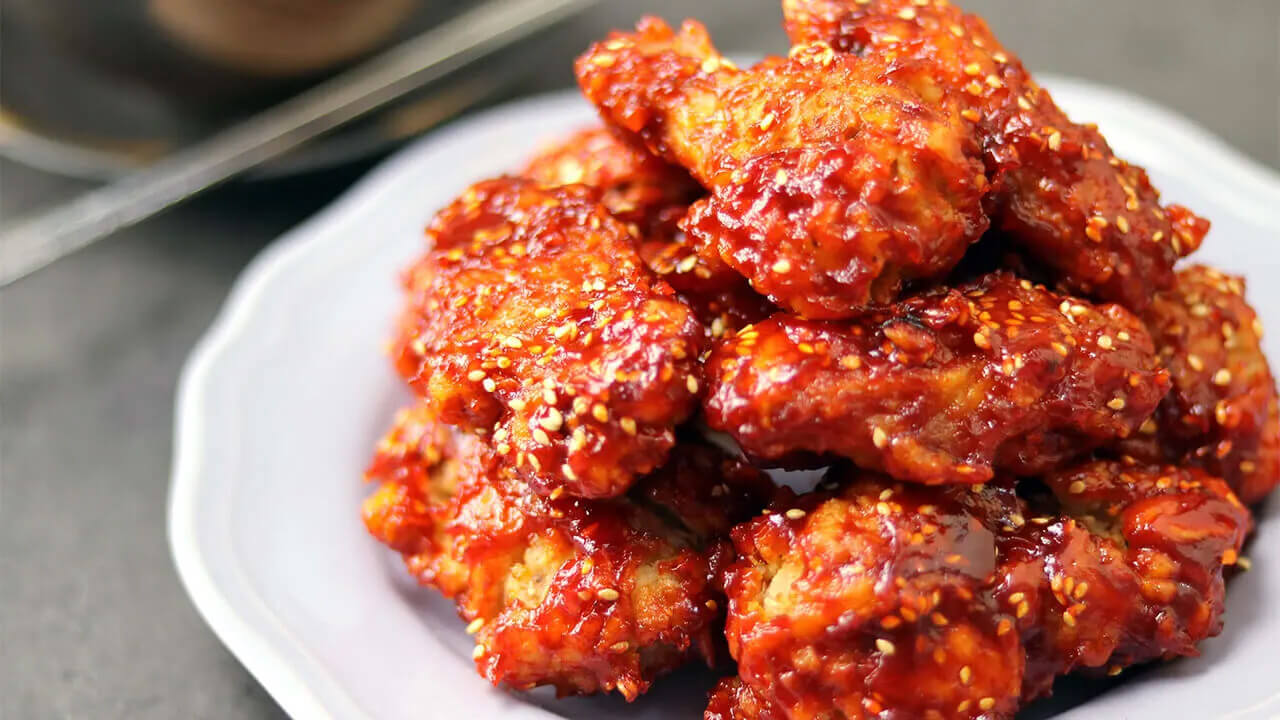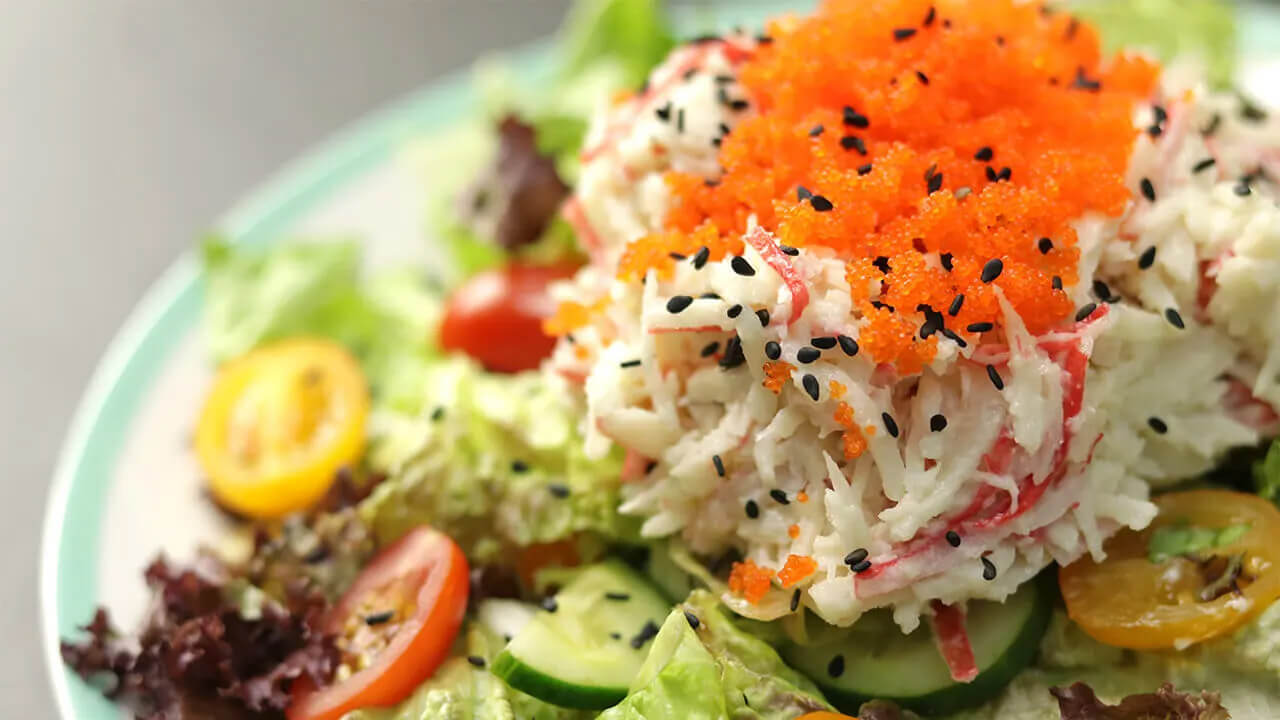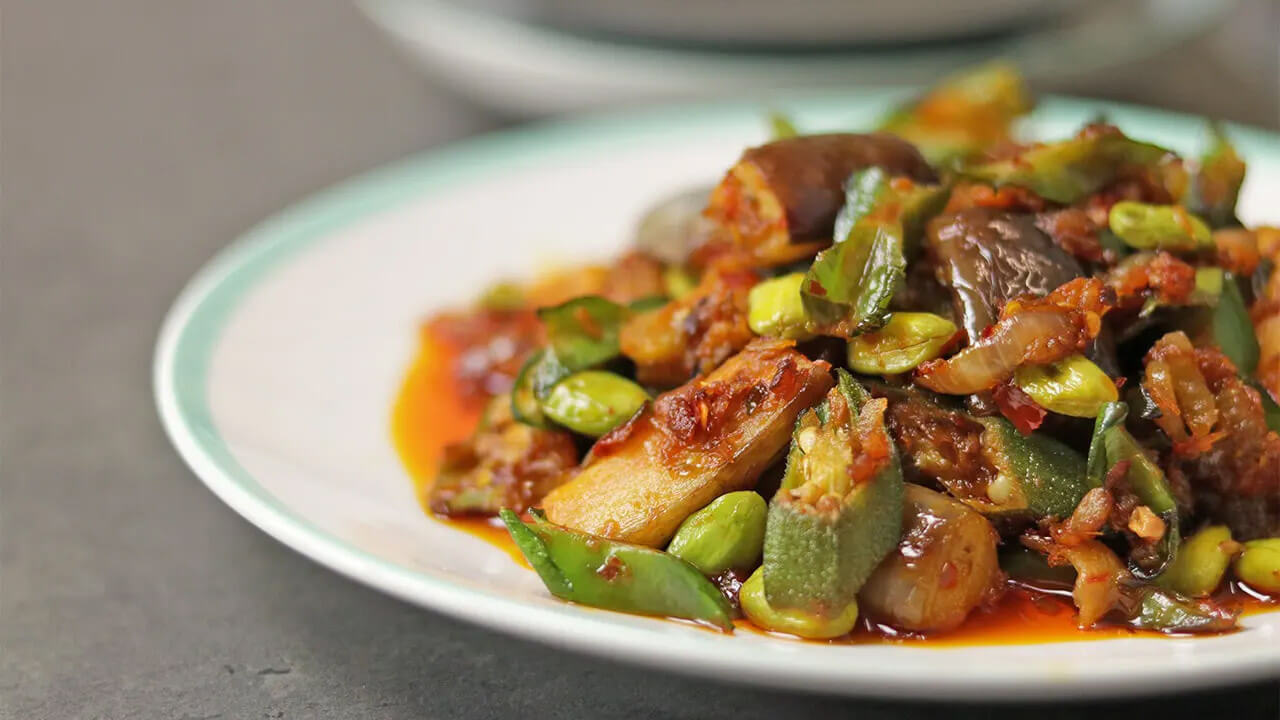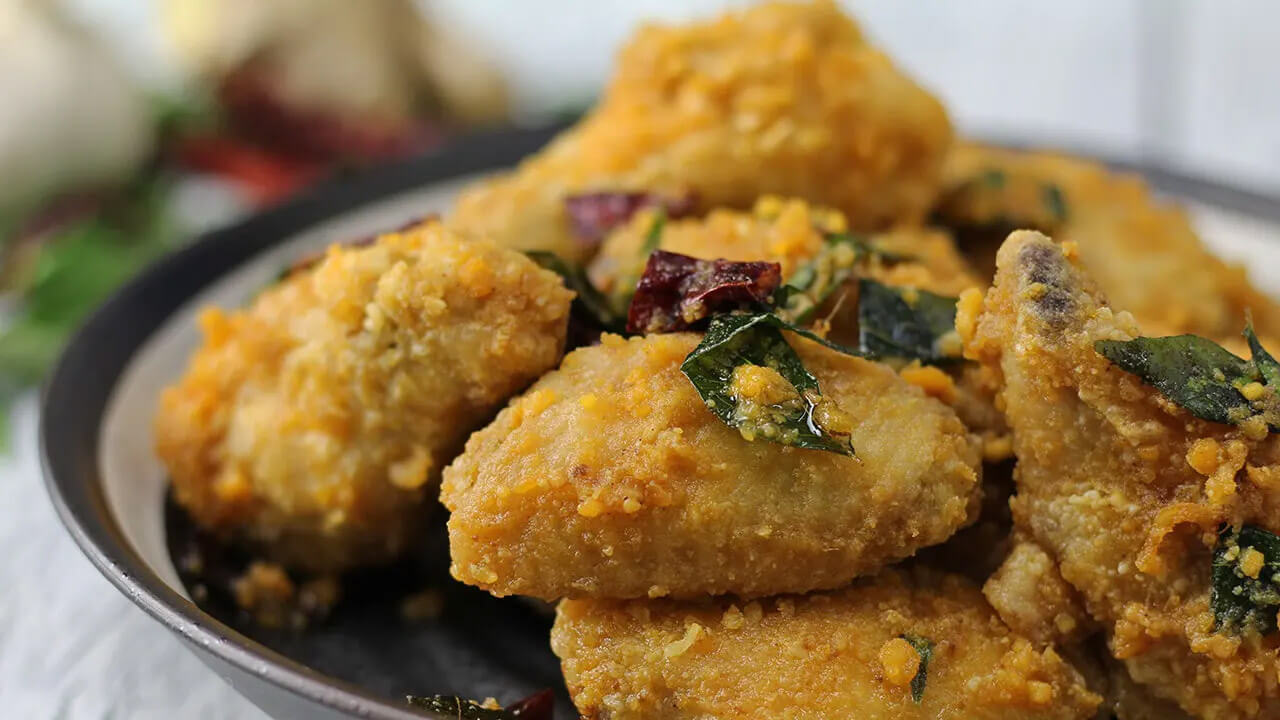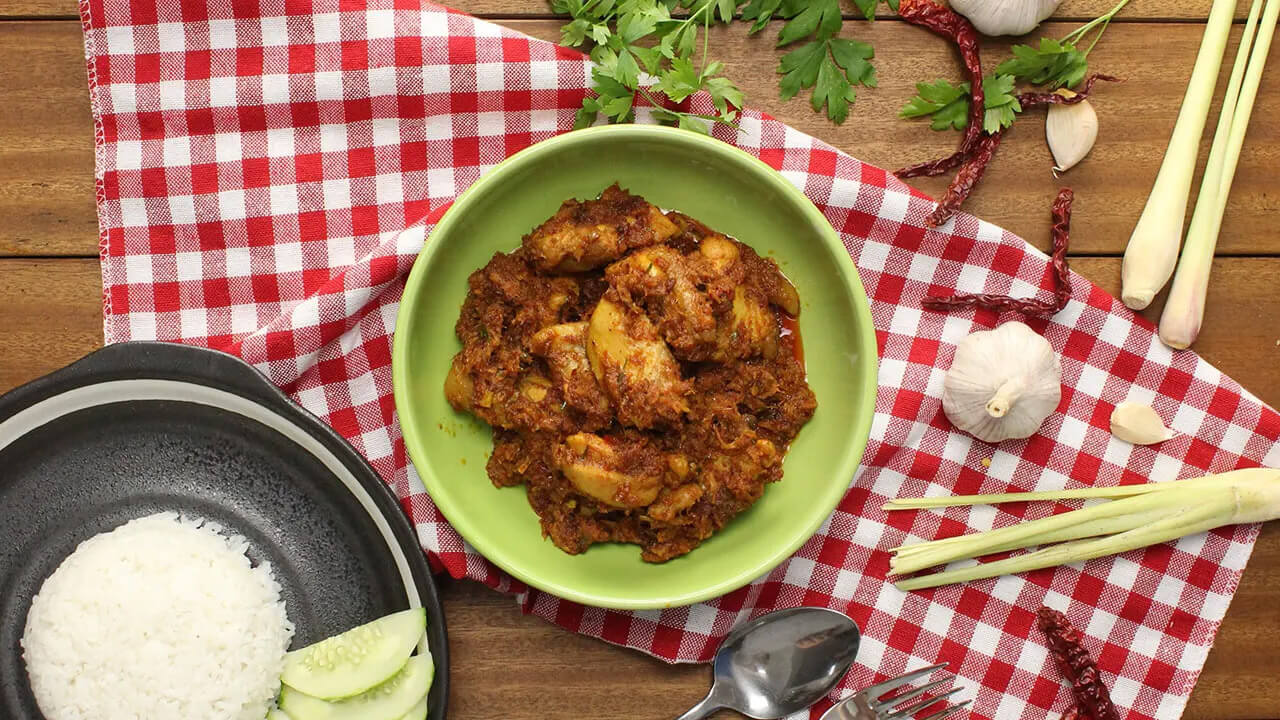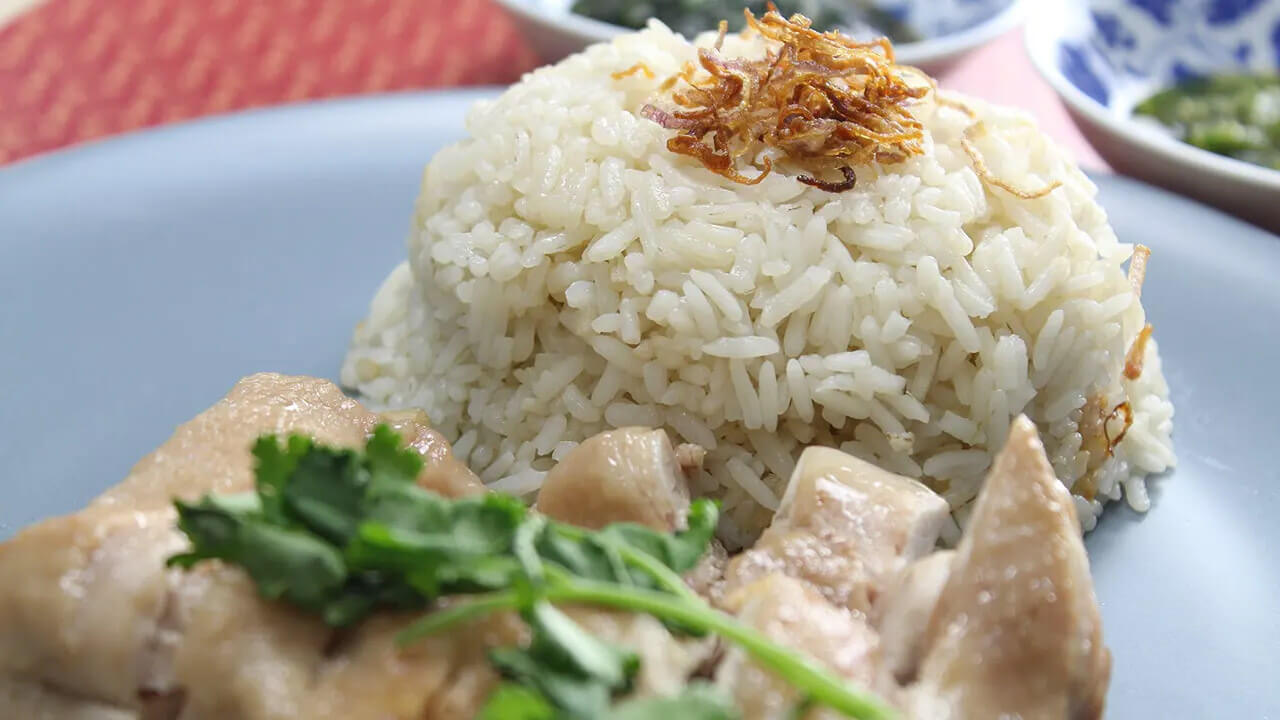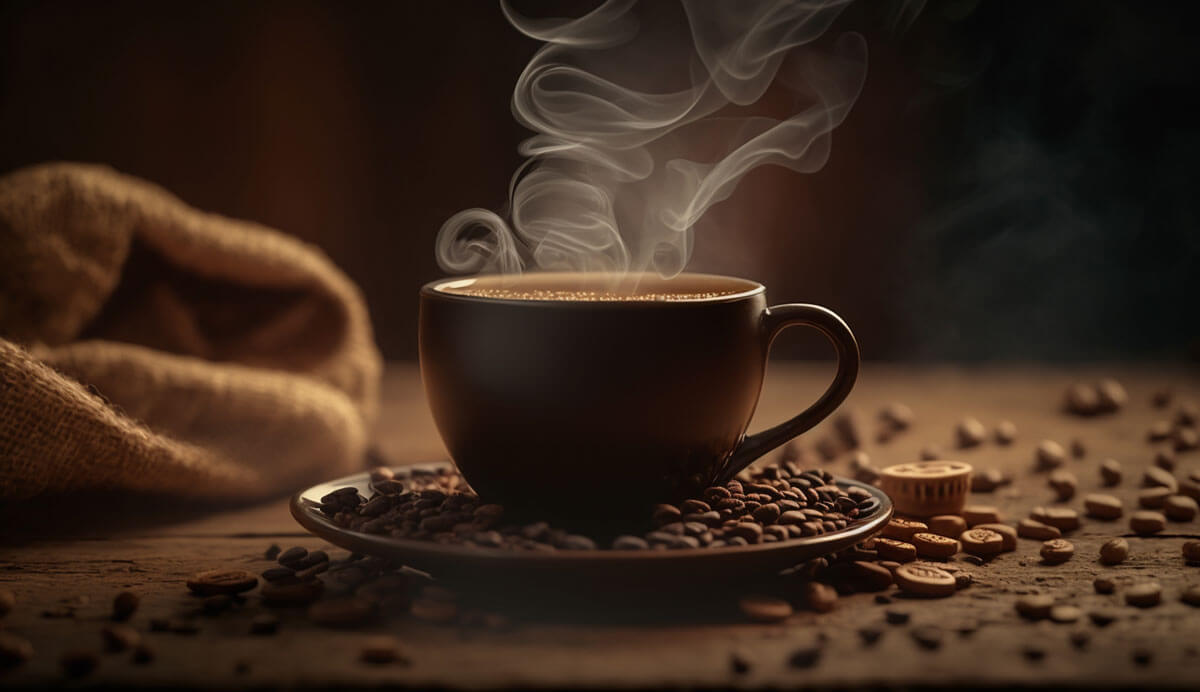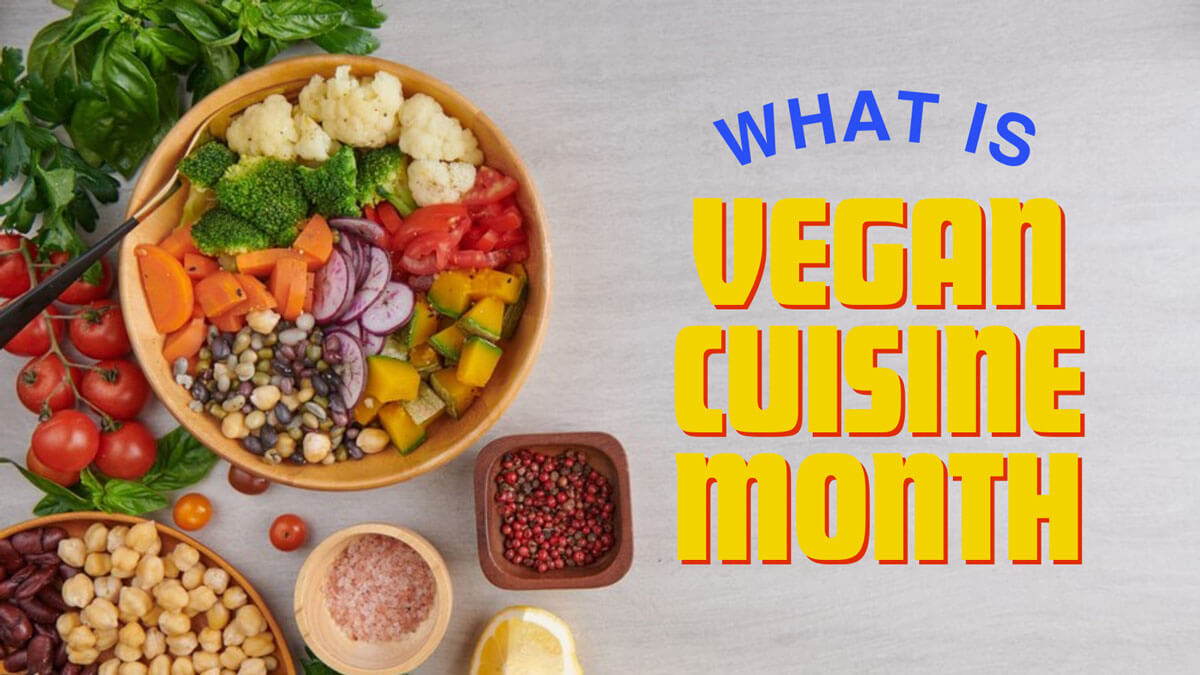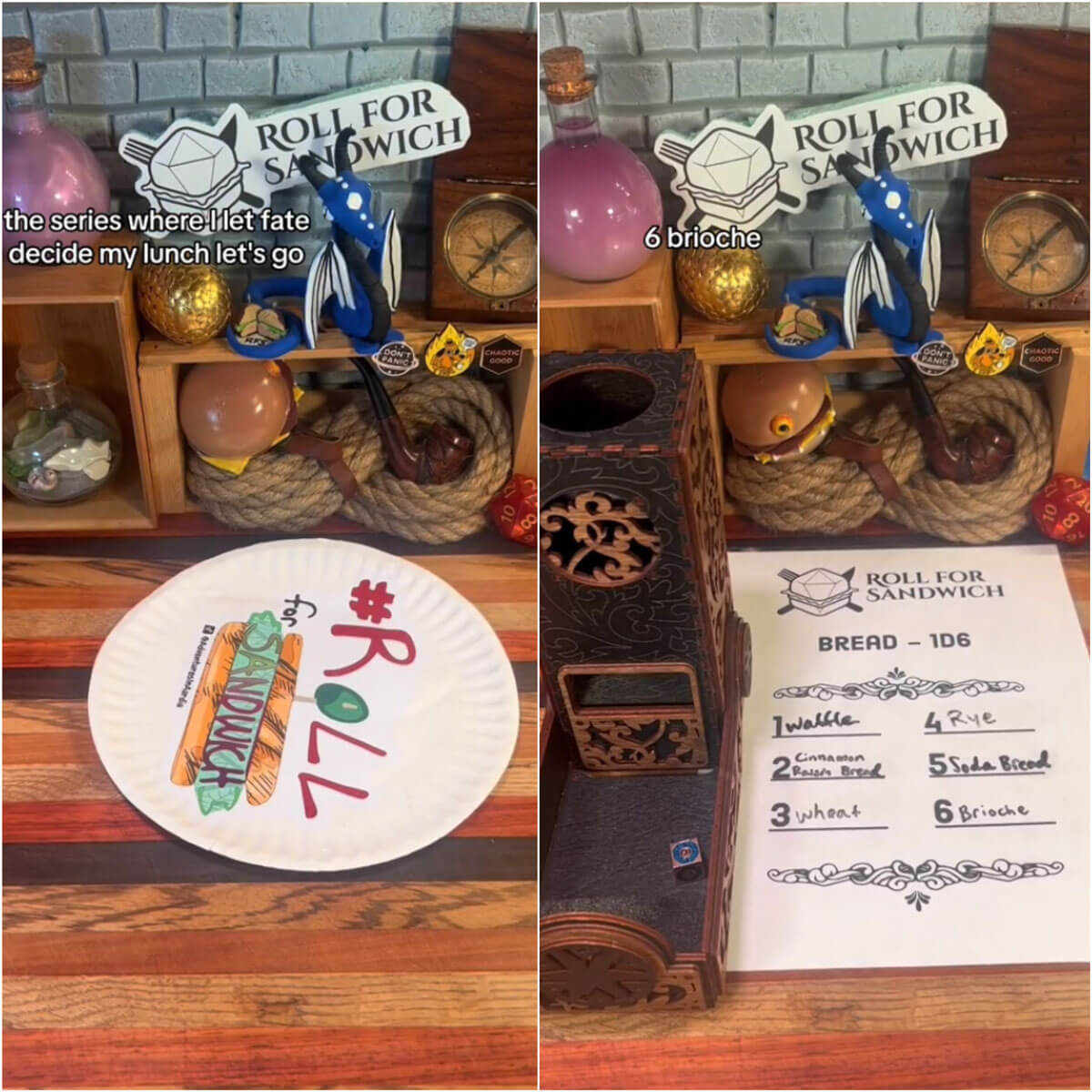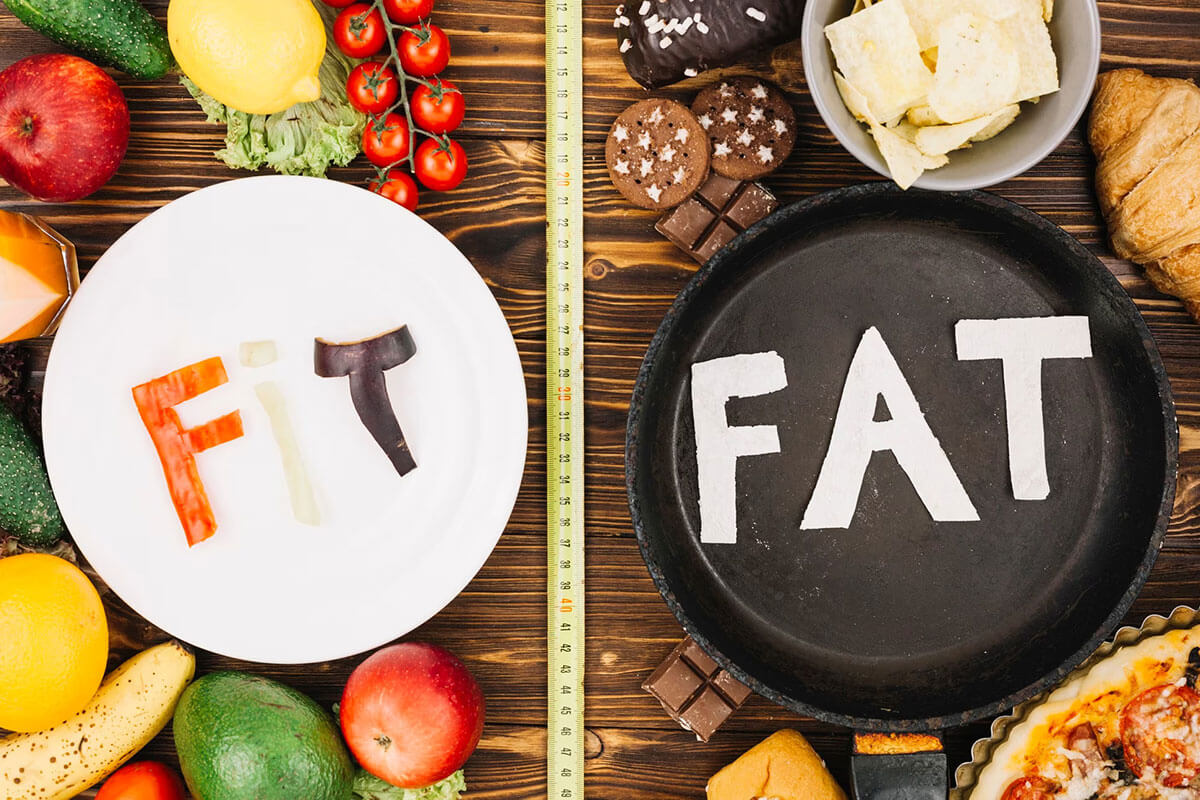
As home cooks, we can make thoughtful decisions about the fats we use in our recipes. Fats are a fundamental part of our diet, shaping the flavours and textures of our dishes while impacting our health. In this guide, we’ll dive into the world of fats in the kitchen, breaking down the differences between healthy and less healthy options, and offering practical tips for using the right fats in your cooking.
What Are Dietary Fats?
Fats are one of the three macronutrients essential for human life, alongside carbohydrates and proteins. They provide a concentrated source of energy, and their consumption is necessary for the absorption of fat-soluble vitamins (A, D, E, and K), which are crucial for various bodily functions.
The Role of Fats in Cooking
In cooking, fats serve multiple purposes. They enhance flavour, add moisture, and create appealing textures. Fats are also excellent heat conductors, making them essential for frying, sautéing, and roasting.
Types of Dietary Fats
Dietary fats can be classified into two broad categories: healthy fats and bad fats.
Healthy Fats
1. Monounsaturated Fats
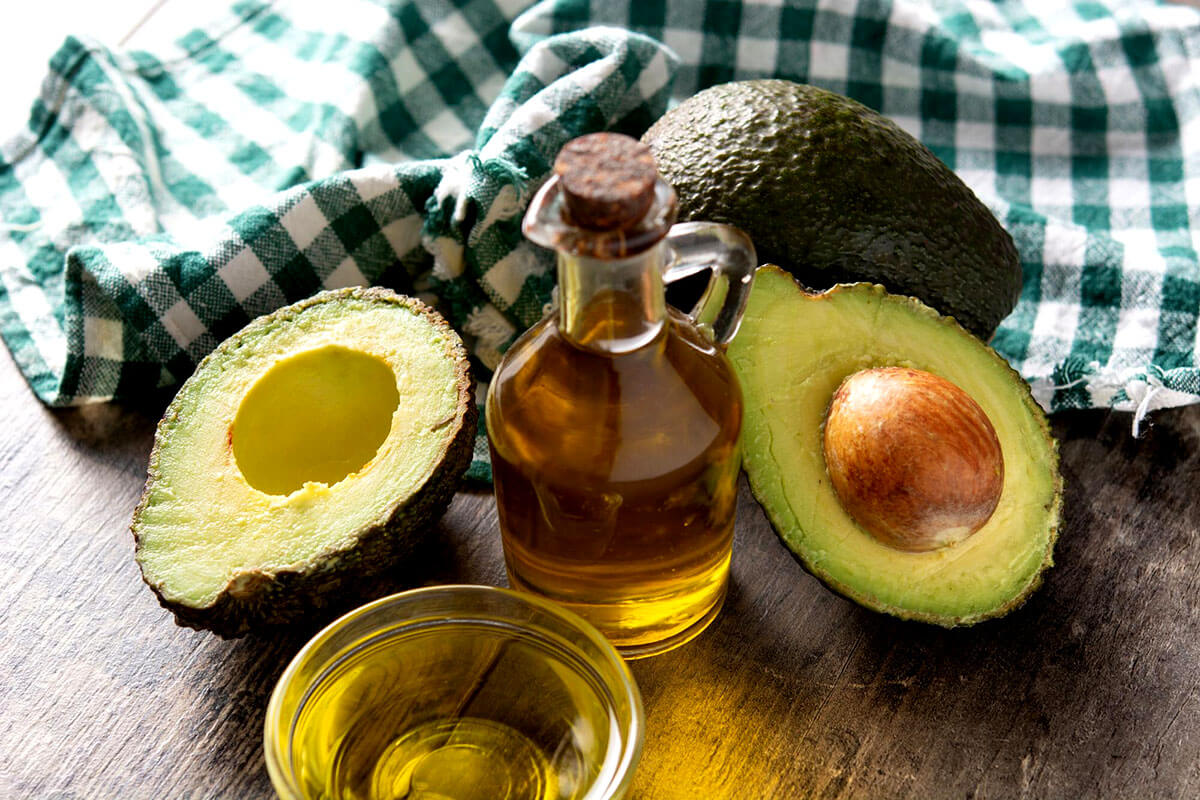
Monounsaturated fats are known for their heart-healthy benefits. They can be found in olive oil, avocados, and nuts like almonds and cashews. Monounsaturated fats are liquid at room temperature but may solidify in the refrigerator. Examples of foods containing monounsaturated fats include:
Olive oil: A staple in Mediterranean cuisine, perfect for salads and sautéing.
Avocado: Creamy and versatile, great for salads, sandwiches, and spreads.
Almonds: A heart-healthy snack or addition to oatmeal and yogurt.
2. Polyunsaturated Fats
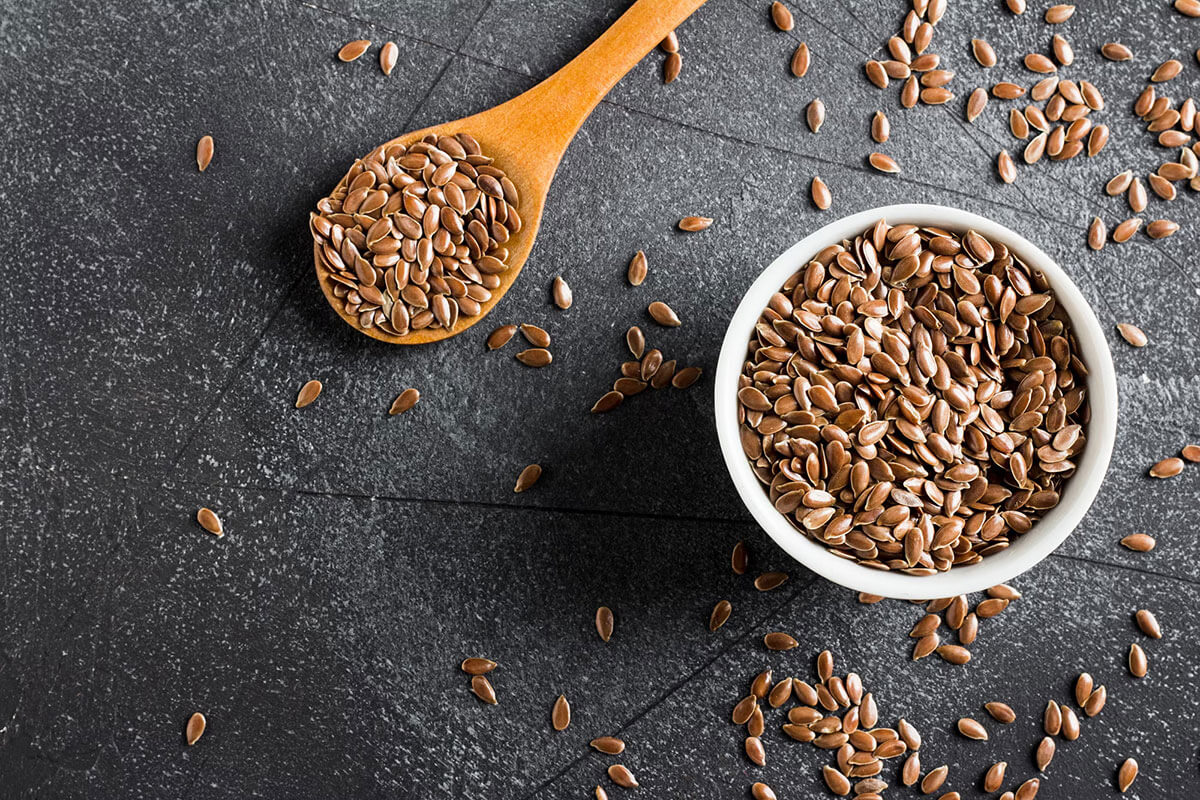
Polyunsaturated fats include omega-3 and omega-6 fatty acids, both of which are essential for the body. Sources of omega-3s include fatty fish like salmon and flaxseeds, while omega-6s can be found in vegetable oils like soybean and sunflower oil. Foods rich in polyunsaturated fats include:
Salmon: A fatty fish packed with omega-3s, ideal for grilling or baking.
Flaxseeds: Ground flaxseeds can be added to smoothies, yoghourt, or used as an egg substitute in baking.
Soybean oil: A versatile cooking oil suitable for various culinary applications.
3. Omega-3 Fatty Acids
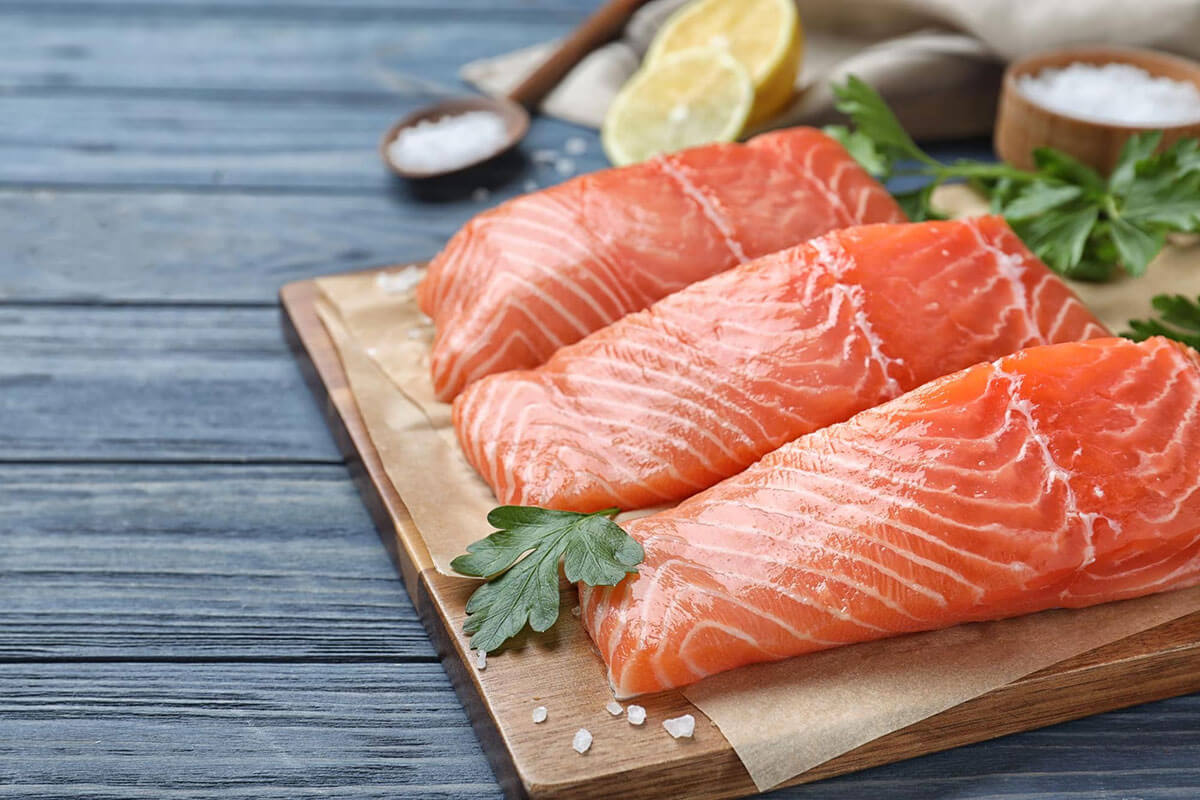
Omega-3 fatty acids are celebrated for their role in heart health, cognitive function, and reducing inflammation. Fatty fish such as salmon, mackerel, and sardines are rich sources of these beneficial fats.
Bad Fats
1. Saturated Fats
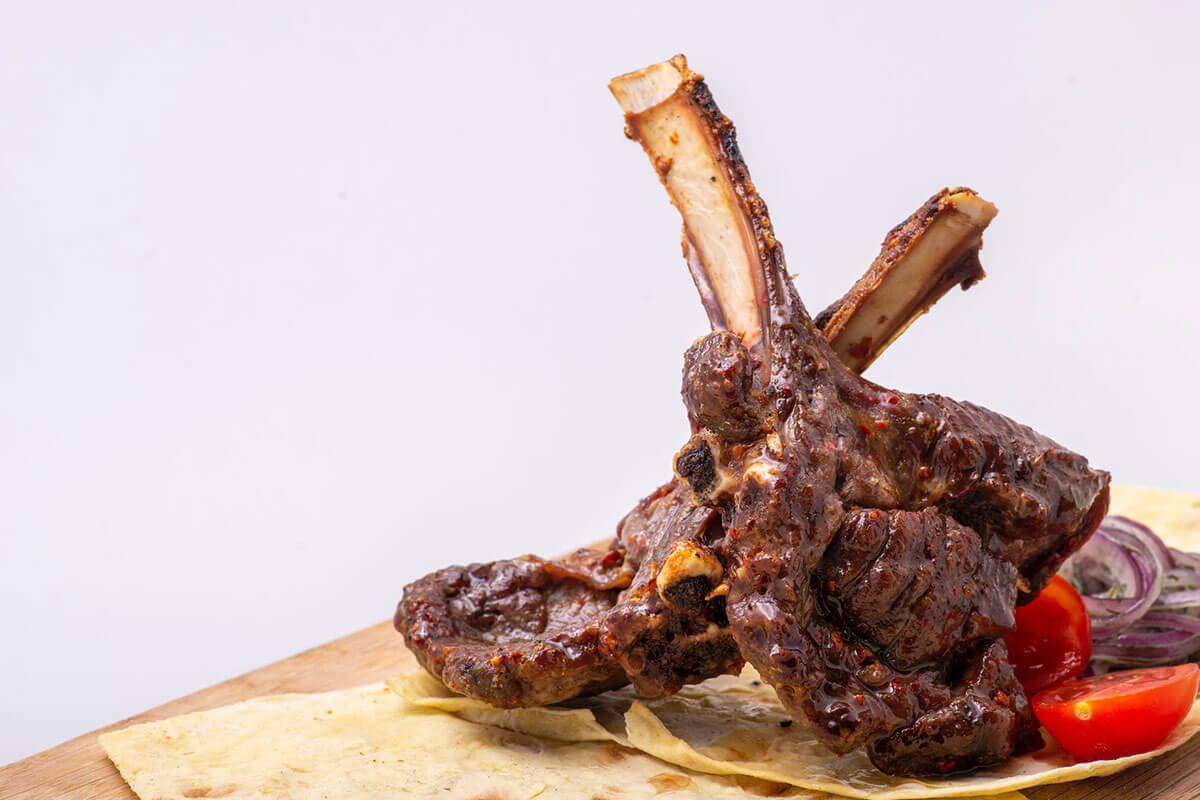
Saturated fats are solid at room temperature and are often found in animal products like meat and dairy, as well as certain plant oils like coconut and palm oil. Consuming too many saturated fats can raise levels of LDL (“bad”) cholesterol, increasing the risk of heart disease. Foods high in saturated fats include:
Butter: Used in baking and cooking, but best used in moderation.
Red meat: Beef, lamb, and pork contain saturated fats, so opt for lean cuts.
Coconut oil: While it has gained popularity, it’s important to use coconut oil sparingly due to its high saturated fat content.
2. Trans Fats
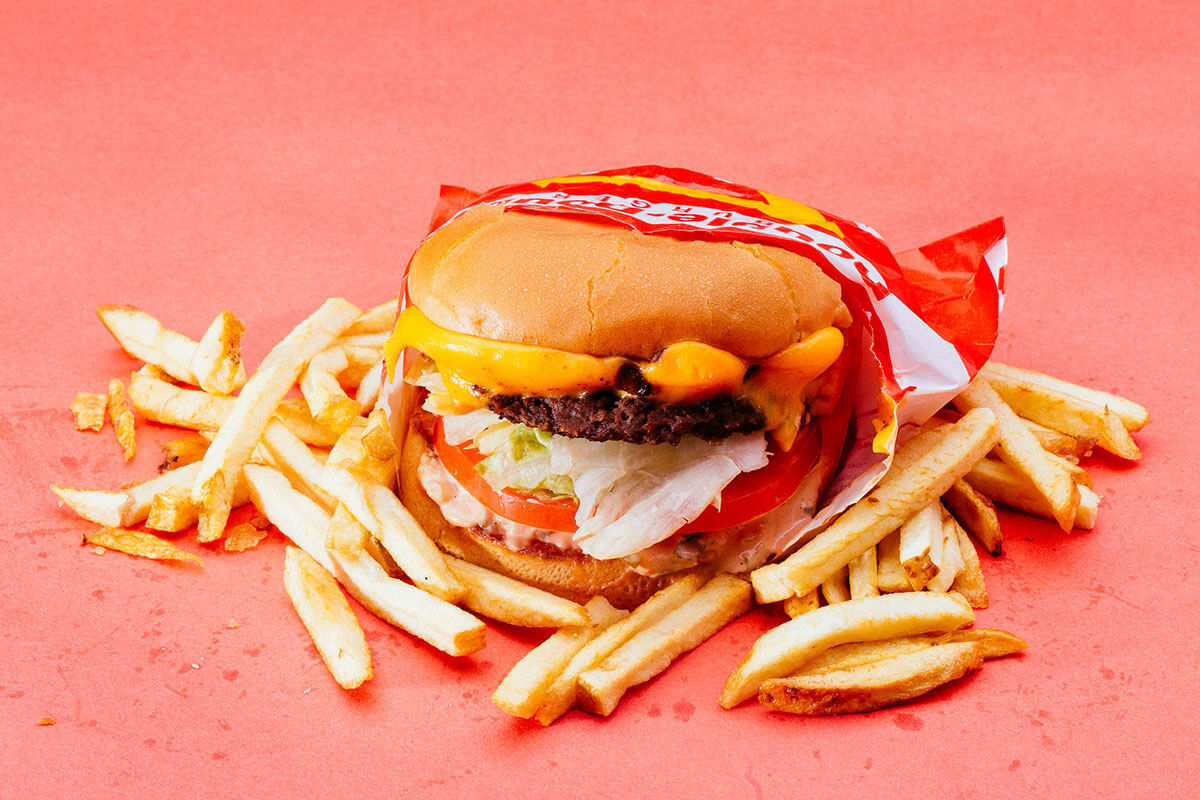
Trans fats are artificially created through a process called hydrogenation, which turns liquid oils into solid fats. They are commonly found in processed and fried foods. Trans fats can raise LDL cholesterol levels while lowering HDL (“good”) cholesterol levels, making them particularly harmful to heart health. Foods that often contain trans fats include:
Margarine: Some stick margarines and tub margarines may contain trans fats.
Packaged snacks: Many commercially baked and fried snacks contain trans fats.
Fast food: Some fast-food items, especially fried and baked goods, may be prepared using trans fats.
Incorporating Healthy Fats into Your Cooking
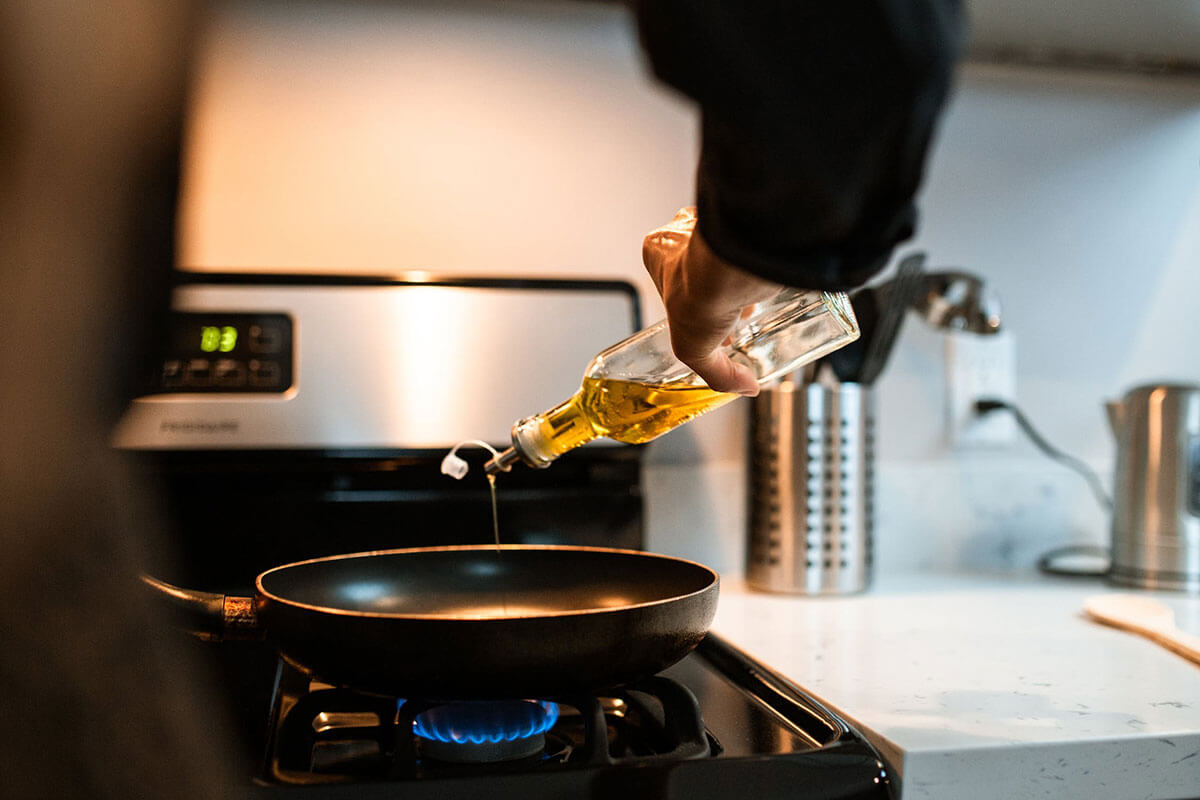
Now that you’re armed with knowledge about healthy fats, here are some practical tips to integrate them into your cooking:
Use Olive Oil: Substitute butter or vegetable oil with olive oil in your recipes. It’s an easy way to infuse your dishes with monounsaturated fats.
Snack on Nuts: Keep a jar of mixed nuts on hand for a quick and satisfying snack. They provide healthy fats, protein, and fibre.
Avocado Bliss: Mash avocado as a butter replacement in baked goods or spread it on toast for a nutritious breakfast.
Fatty Fish Fridays: Make it a habit to cook fatty fish like salmon or trout at least once a week. Grill, bake, or pan-sear with some olive oil and herbs for a delightful meal.
Dark Chocolate Delights: When the sweet tooth calls, reach for dark chocolate with a high cocoa content. It’s a healthier alternative to milk chocolate.
Understanding the distinction between healthy and bad fats is an essential step in making conscious choices about what you eat. By incorporating healthy fats into your diet, you can enhance the flavour of your meals while promoting your overall well-being. Remember, it’s all about balance, so enjoy those healthy fats in moderation and savour the delicious difference they bring to your culinary creations.
